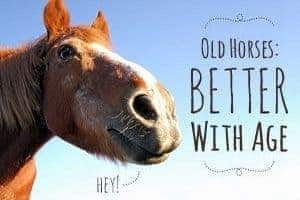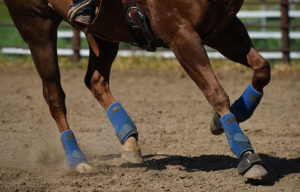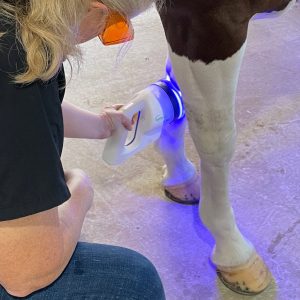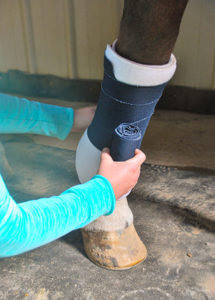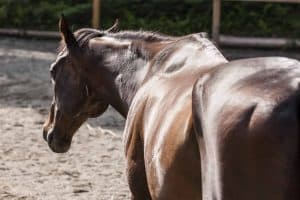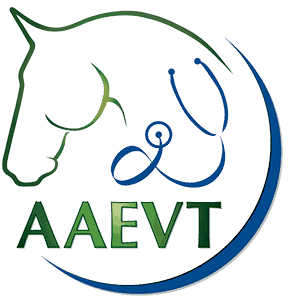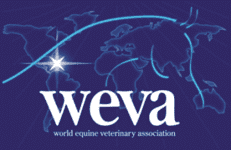Equine Eye Education
- Topics: Old Horses: Better With Age
Last week I was up to my eyeballs in, well, eyeballs. The American Association of Equine Practitioners’ Focus on Ophthalmology seminar took place in Raleigh, N.C., so I spent the week learning about the equine eye and related disorders. Although much of the information presented had a pretty (read: extremely) technical nature, I quite enjoyed furthering my knowledge.
The seminar included information about eye problems in horses of all ages, from congenital problems found in foals to common anomalies typically identified in senior horses. For example, senile cataracts are a common problem in old horses. In fact, presenter Andy Matthews, BVM&S, PhD, Dipl. ECEIM, ACVO (Hon), FRCVS, explained that it’s rare to find a horse over the age of about 18 without some degree of cataract development. Although there’s not currently anything we can do about senile cataracts, he said they don’t typically cause any major problems for the horses aside from potential visual deficits as they develop.
Similarly, Matthews said many old horses have some form of senile retinopathy. For example, 99% of horses over the age of 18 will have generalized depigmentation and/or linear hyperpigmentation in the back of their eyes, he said. In many cases, the most severe problem this condition causes is visual deficits in low-lighting, he added.
Even though equine recurrent uveitis (ERU) is found in horses of most ages, I listened intently to the information presented in the lecture focusing on this frustrating disorder, because it had personal significance: my 26-year-old Appaloosa gelding suffers from the disease
Create a free account with TheHorse.com to view this content.
TheHorse.com is home to thousands of free articles about horse health care. In order to access some of our exclusive free content, you must be signed into TheHorse.com.
Start your free account today!
Already have an account?
and continue reading.

Written by:
Erica Larson
Related Articles
Stay on top of the most recent Horse Health news with

